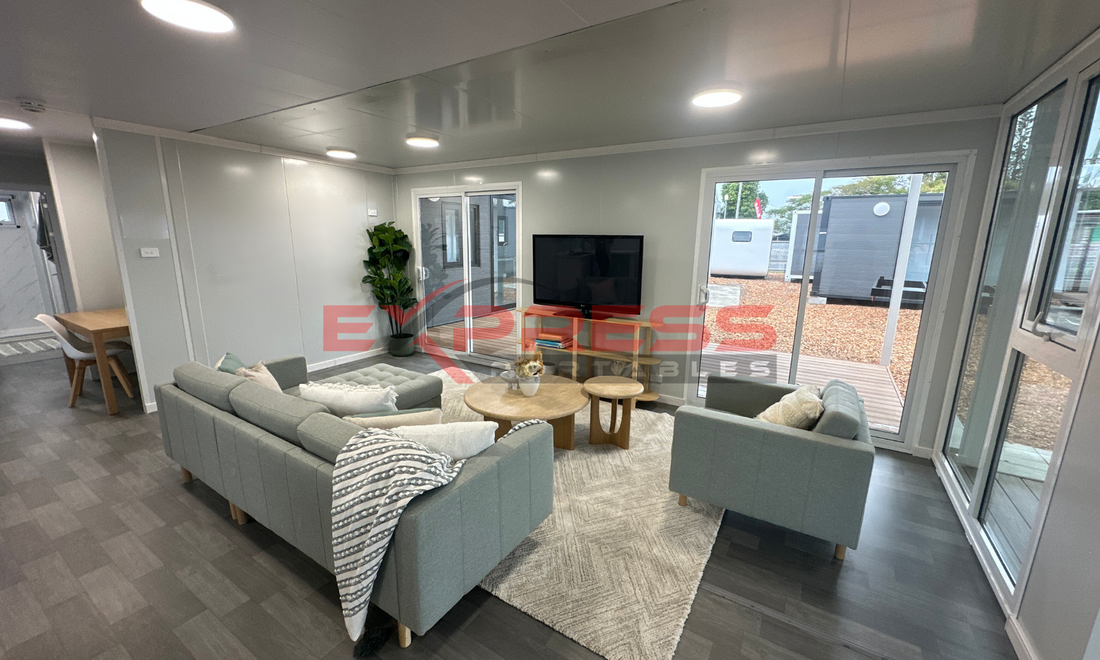In Australia, the term "donga" might sound informal, but it refers to a very practical and widely used solution in the world of portable buildings. A donga is essentially a transportable structure that provides temporary or semi-permanent accommodation or workspaces, particularly in remote or industrial areas. Whether you’re new to the concept or considering using one for your site or property, this guide will help you understand what dongas are, how they’re used, and why they remain an essential part of Australia's building landscape.
Definition and Origins of Dongas
The word "donga" has its roots in South African slang, originally referring to a gully or erosion channel, but in Australia, it has taken on a unique meaning. Here, it commonly refers to demountable, prefabricated buildings that can be quickly deployed, relocated, or repurposed. The rise in popularity of dongas coincided with the mining and construction boom in regional and remote areas, where quick, reliable accommodation and site offices were needed.
Key Uses and Applications
Dongas serve a wide variety of purposes across industries. Their main strength lies in their versatility and quick deployment. Here are some of the most common applications:
Remote Worker Accommodation
Mining, oil, gas, and large infrastructure projects often require housing for large teams working on-site. Dongas are used to create workforce camps with sleeping quarters, communal areas, dining halls, and ablution blocks. Explore workforce accommodation options.
Site Offices and Workspaces
On construction sites or temporary projects, dongas are often set up as offices, first aid rooms, or meeting spaces. Their portability and speed of installation allow companies to maintain productivity in virtually any location. See our transportable site office range.
Classrooms and Training Spaces
Education providers and remote training facilities use dongas to create portable classrooms. Express Portables offers a range of open plan buildings such as 24m2 and 35m2 expanders or 20ft and 40ft transportable units that can be adapted for educational use.
Crisis and Emergency Accommodation
Dongas are also used by government agencies and aid organisations to quickly provide shelter after natural disasters or in housing crises. Their quick setup makes them ideal in times of need.
Key Features of Dongas
While dongas vary in size, design, and purpose, several core features make them an attractive option:
Transportability: Dongas are designed to be relocated. Most are built on steel skids or chassis, allowing them to be craned or towed to new locations.
Speed of Installation: Unlike traditional builds, dongas can be installed in a matter of hours or days, making them ideal for projects on tight schedules.
Customisable Layouts: Modern dongas can include air conditioning, power points, data cabling, and plumbing. Units can be configured as bedrooms, bathrooms, offices, kitchens, or open-plan spaces.
Durability: Built with tough conditions in mind, many dongas feature steel frames, insulated walls, and weatherproof cladding to withstand Australia’s harsh environments.
Benefits of Choosing a Donga
Cost-Effective Solution
Dongas offer a more affordable alternative to permanent construction. For temporary needs or evolving sites, this cost-saving can be significant, especially when you factor in reduced labour, faster build times, and minimal ground preparation. Compare prices on portable cabins and offices.
Flexibility and Expandability
Many dongas are modular and can be expanded or joined to create larger complexes. This makes them ideal for growing teams or evolving needs, such as adding extra classrooms or staff accommodation. Check out our expandable buildings.
Minimal Site Disruption
Because dongas are built off-site and delivered ready to use, there's minimal disruption at the installation site. This is particularly useful in areas where noise, dust, or long construction times are undesirable.
Are Dongas Suitable for Long-Term Use?
While originally designed as temporary accommodation, many dongas today are made with high-quality materials that allow for long-term use. With proper site setup and maintenance, dongas can remain functional and comfortable for years. Express Portables offers premium expandable buildings with long-lasting finishes and optional internal customisation that make them suitable for more permanent arrangements.
Choosing the Right Donga
When selecting a donga, consider the following factors:
Size Requirements: How many people need to use the space? Will it be used for sleeping, working, or both?
Features Needed: Do you need plumbing, electricity, air conditioning, or kitchen facilities?
Transport Logistics: Ensure your site is accessible for delivery and has adequate space for installation.
Compliance and Council Approvals: While many dongas fall under temporary structures, it's important to confirm any permits or regulations required for your intended use.
Portable Buildings vs Dongas
The term "portable building" is broader and may include container homes, site offices, tiny homes, and cabins. Dongas are a specific type of portable building, usually built for industrial or commercial use. Express Portables specialises in both dongas and other types of portable buildings, offering everything from compact site offices to larger multi-room expander homes.
Final Thoughts: Are Dongas Right for You?
Dongas have evolved from basic worksite accommodation into versatile, comfortable, and affordable solutions for many industries and individuals across Australia. Whether you’re in need of a temporary office, a classroom, or a full-scale workforce camp, a donga can meet your needs quickly and effectively.
Looking to explore your options? Browse our range of portable buildings at Express Portables or get in touch to discuss your site needs. Our team can help recommend the best layout, size, and features based on your project requirements.
